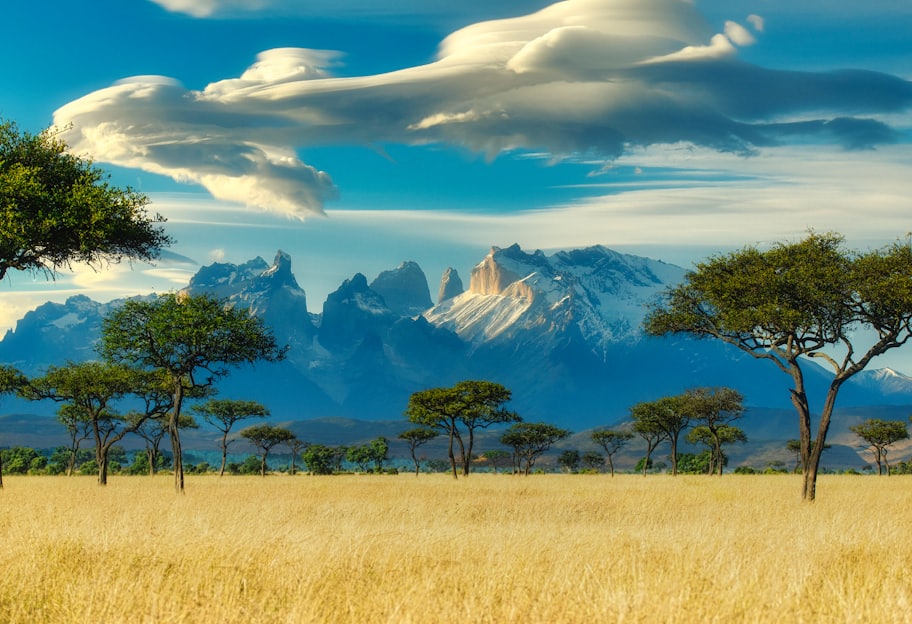Maasai Belief Systems
The Maasai belief system is monotheistic (they believe in one God). The deity is called Engai or Enkai and is known to have been manifested in two forms: the black God (Ngai Narok), who was kind and benevolent; and the red God (Ngai Na-nyokie), who was vindictive and unforgiving. The most important figure in the Maasai religion is the laibon, a kind of priest and shaman, whose role traditionally includes healing, divination, and prophecy. We will break this down in the article below as we go through what some of their beliefs are and their origins so buckle up!
MAASAI


The Maasai belief system is monotheistic (they believe in one God). The deity is called Engai or Enkai and is known to have been manifested in two forms: the black God (Ngai Narok), who was kind and benevolent; and the red God (Ngai Na-nyokie), who was vindictive and unforgiving. The most important figure in the Maasai religion is the laibon, a kind of priest and shaman, whose role traditionally includes healing, divination, and prophecy. We will break this down in the article below as we go through what some of their beliefs are and their origins so buckle up!
Engai is the creator of everything. In the beginning, Engai (which also means sky) was one with the earth and owned all the cattle that lived on it. But one day the earth and sky separated, so Engai was no longer among men. The cattle, though, needed the material sustenance of grass from the earth, so to prevent them from dying Engai sent down the cattle to the Maasai by means of the aerial roots of the sacred wild fig tree and told them to look after them. Equally, grass has acquired a semi-sacred aura, and is held as a sign of peace and is used for blessings during rituals.
No surprise, then, to find that cattle play an important role in ritual occasions, such as initiation, marriage, and the passage of one age-set to the next, where their sacrifice bridges the gap between man and God.
At birth, Ngai gives each man a guardian spirit to ward off danger and carry him away at the moment of death. The evil is carried off to a desert, while the good unsurprisingly go to a land of rich pastures and many cattle.
The wild fig tree mentioned in the myth about the origin of cattle (above) is called oreti or oreteti by the Maasai, and apart from its mundane use as the raw material for barkcloth, it is also given a primary role in ritual. It is sung about in dances and invoked in prayers and blessings as a symbol of life.
The origin of death for the Maasai is because of the mistake of Le-eyo (or Leeyio) the first warrior, who Engai gave a magic chant to recite over dead children that would bring them back to life and make them immortal: "When a man dies and you dispose of the corpse, you must remember to say, 'man die and come back again, moon die, and remain away. Many months elapsed before anyone died. When, in the end, a neighbour’s child did die, Leeyio was summoned to dispose of the body. When he took the corpse outside, he made a mistake and said: "Moon die and come back again, man die and stay away." So after that, no man survived death.
The Laiboni are the ritual and spiritual leaders of Maasai society, whose authority is based on their mystical as well as medicinal/healing powers. They are aided in their tasks by age-group leaders called olaiguenani, who are chosen before circumcision to lead their age group until old age. The main function of the Laiboni is essentially to bridge the gap between man and God (or "the other world"), though a Laibon's influence is generally limited to 'reading' the mind or the intentions of God through divination, for example by reading stones thrown from a cow's horn. The Laiboni in this capacity is especially consulted whenever misfortune arises, be it the failure of rains, disease epidemics or military losses.
